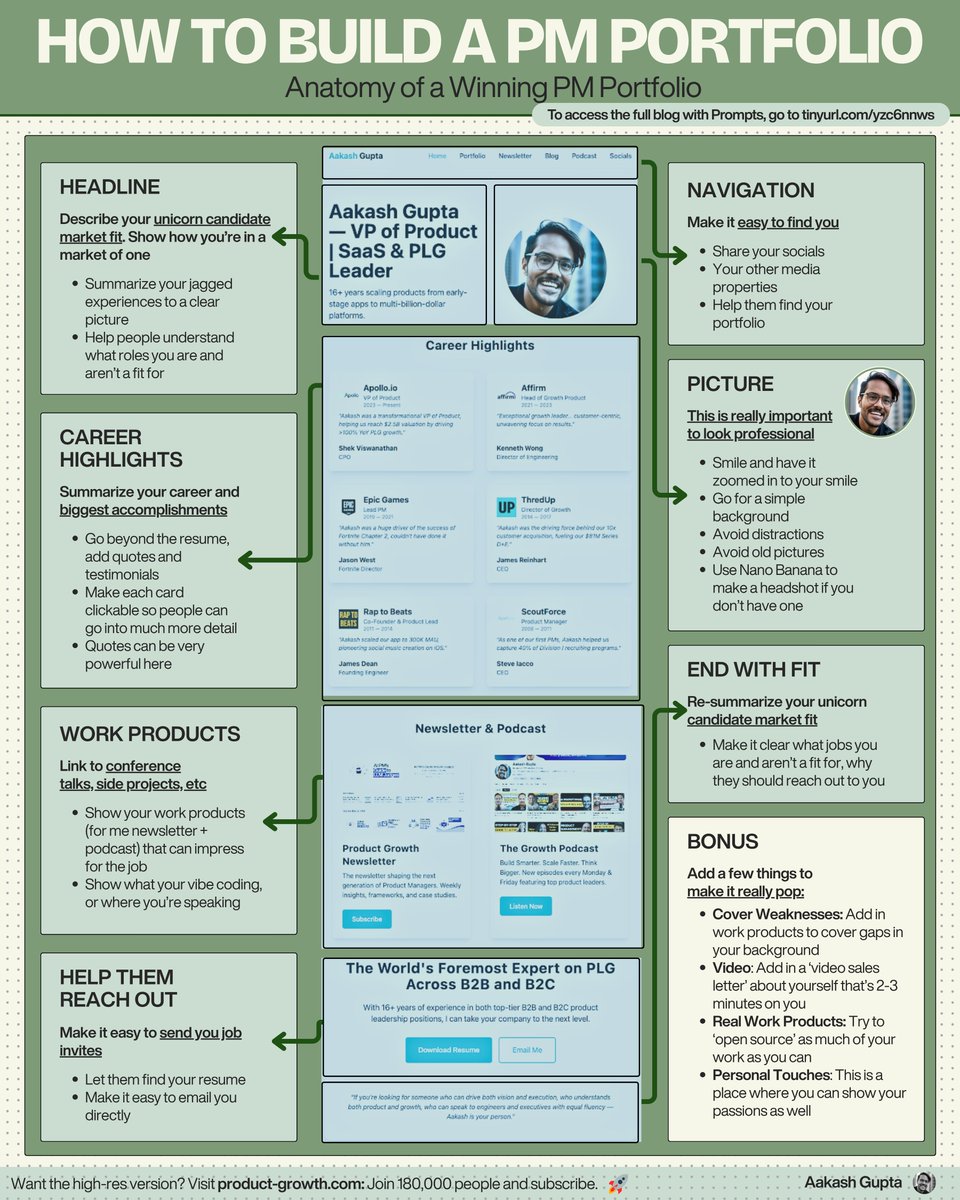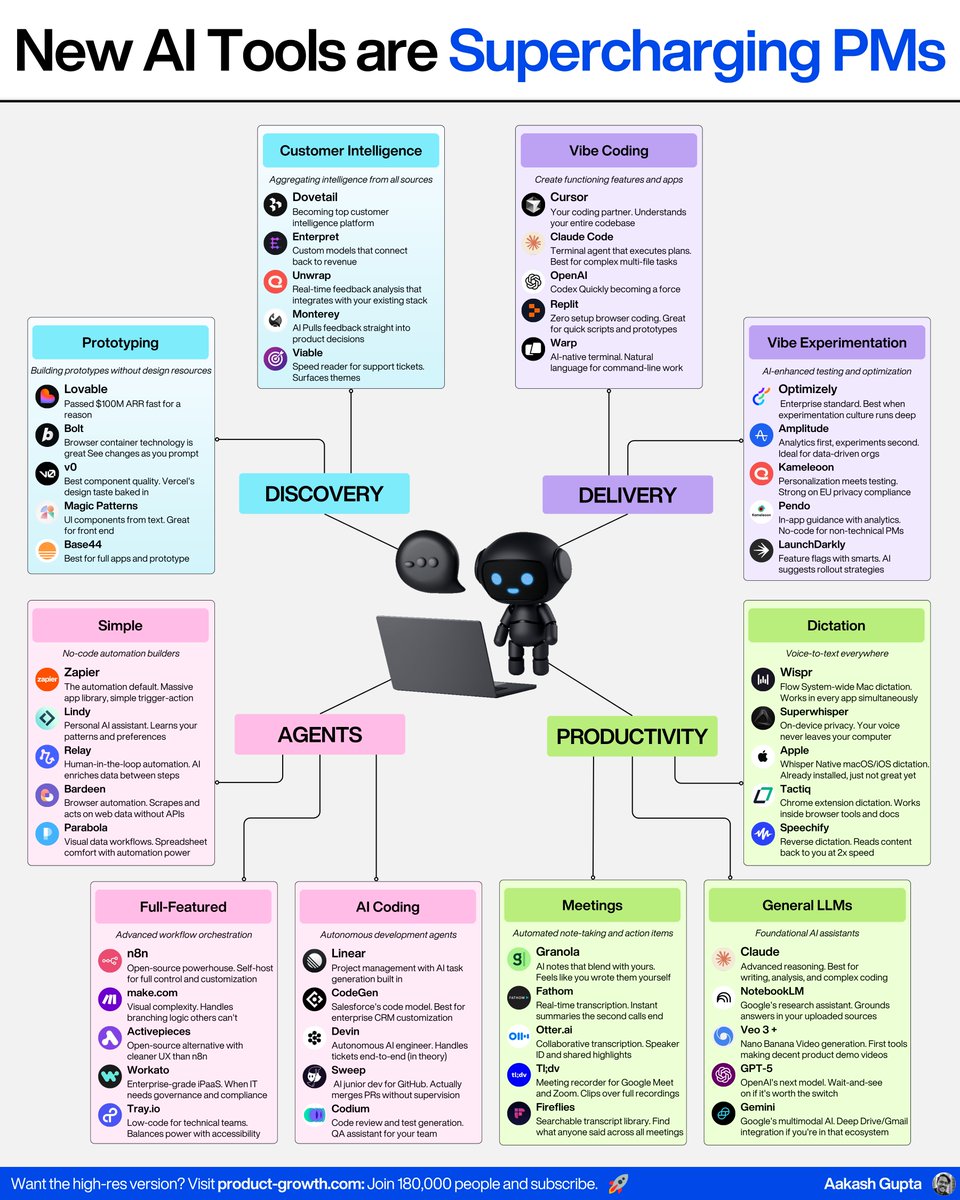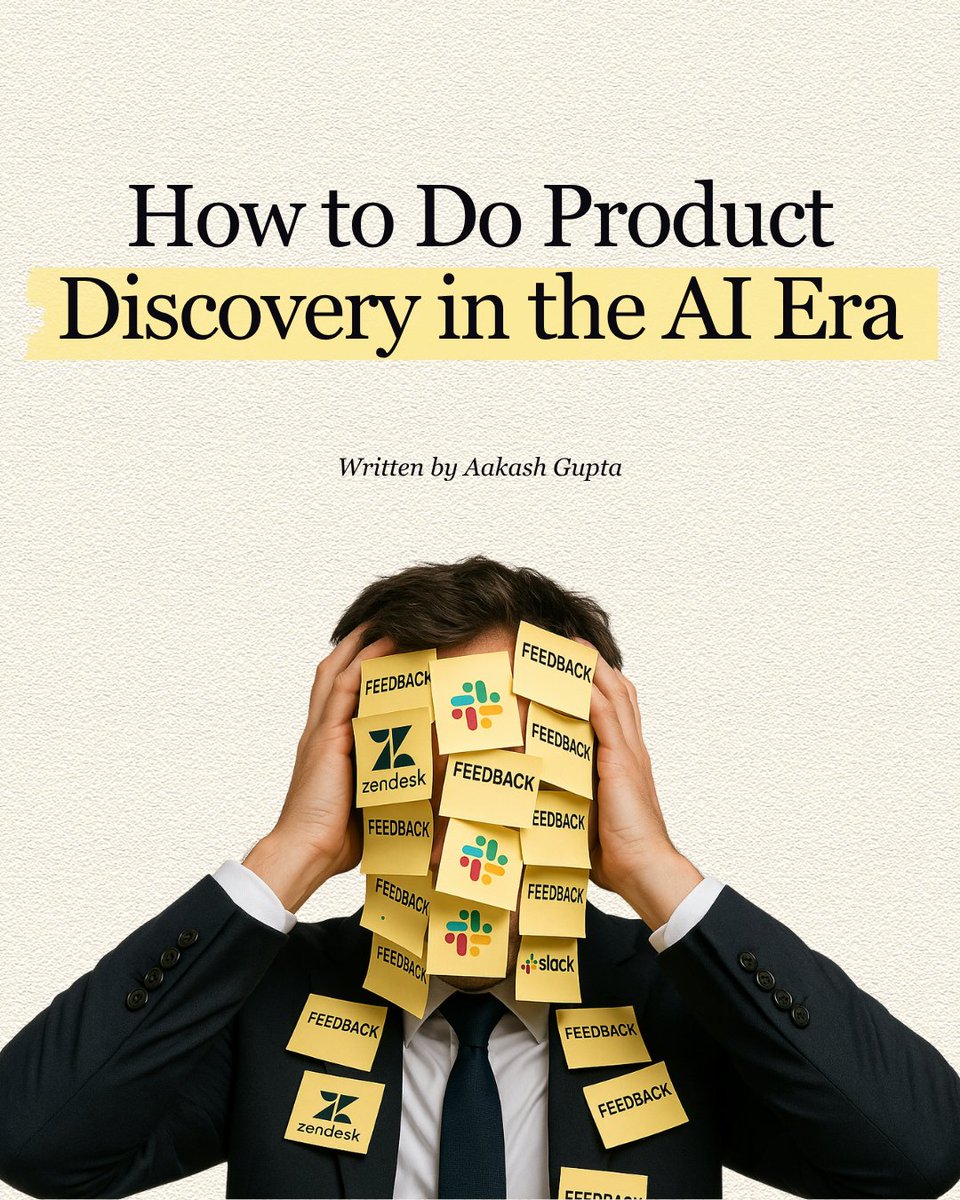What an insane week in AI 🤯
Unity AI
AI Antibiotic
Minecraft AI
MIT: Math AI
Picture-to-3D
Google Starline
Nvidia Game AI
Google Flood AI
ChatGPT in Court
TIME: Humanity End
Neuralink FDA Approval
42% US Not Used ChatGPT
Japan No Copyright OK for AI
Here what you need to know:
Unity AI
AI Antibiotic
Minecraft AI
MIT: Math AI
Picture-to-3D
Google Starline
Nvidia Game AI
Google Flood AI
ChatGPT in Court
TIME: Humanity End
Neuralink FDA Approval
42% US Not Used ChatGPT
Japan No Copyright OK for AI
Here what you need to know:
1. Unity AI
Unity, the game engine behind 80%+ of mobile games, released the beta for its AI engine.
It will enable the next generation of mobile developers to go live with small teams.
In the future, a solopreneur game dev will make a billion dollars - thanks to AI.
Unity, the game engine behind 80%+ of mobile games, released the beta for its AI engine.
It will enable the next generation of mobile developers to go live with small teams.
In the future, a solopreneur game dev will make a billion dollars - thanks to AI.
Unity CEO John Riccitello knows a thing or two about games.
He has driven the mobile transformation in games the last 17 years.
He said generative AI in games a 10x transformation that will drive exponential growth.
He has driven the mobile transformation in games the last 17 years.
He said generative AI in games a 10x transformation that will drive exponential growth.
2. AI Antibiotic
Scientists published a paper using AI to discover a new antibiotic.
It came out last week in the prestigious Nature Chemical Biology.
They used deep learning AI methods to prune through many options and find an ideal candidate.
Source: @Nature
Scientists published a paper using AI to discover a new antibiotic.
It came out last week in the prestigious Nature Chemical Biology.
They used deep learning AI methods to prune through many options and find an ideal candidate.
Source: @Nature
AI allows for the rapid exploration of chemical space, increasing the probability of discovering new antibacterial molecules.
The team screened ~7,500 molecules and performed predictions to narrow down to one candidate.
It resulted in publishing in a peer-reviewed journal.
The team screened ~7,500 molecules and performed predictions to narrow down to one candidate.
It resulted in publishing in a peer-reviewed journal.

3. Minecraft AI
A team including @DrJimFan released Voyager.
It plays Minecraft on its own.
And the crazy part - it just keeps getting better over time 🤯
A team including @DrJimFan released Voyager.
It plays Minecraft on its own.
And the crazy part - it just keeps getting better over time 🤯
It writes CODE to play Minecraft.
It's an advanced application of autonomous agents (started before AutoGPT but supported by its reception).
It just keeps improving itself.
And it's totally open-sourced.
It's an advanced application of autonomous agents (started before AutoGPT but supported by its reception).
It just keeps improving itself.
And it's totally open-sourced.
4. Picture to 3D
Instorier released a next-level picture to 3d tool.
This is one of the most details and manipulable photo enhancing tools out there.
What a demo.
Instorier released a next-level picture to 3d tool.
This is one of the most details and manipulable photo enhancing tools out there.
What a demo.
Instorier is a storytelling tool from photos.
This AI enhancement represents another big leap and shows how the convergence of 3D, Graphics & AI is leading to mind-blowing results.
When focused products add AI, magic happens.
This AI enhancement represents another big leap and shows how the convergence of 3D, Graphics & AI is leading to mind-blowing results.
When focused products add AI, magic happens.
5. MIT: Math AI
MIT researchers released a paper using AI to solve complex math problems much faster than they could have otherwise.
The AI auto-discovers conservation laws from differential equations.
MIT researchers released a paper using AI to solve complex math problems much faster than they could have otherwise.
The AI auto-discovers conservation laws from differential equations.
An MIT researcher spent 12 months to solve 12 quantities.
The AI found 14 in less than a minute.
As AI helps us speed up our understanding of basic science - math - the applied stuff will speed up as well. More exponential progress is on the horizon.
The AI found 14 in less than a minute.
As AI helps us speed up our understanding of basic science - math - the applied stuff will speed up as well. More exponential progress is on the horizon.

6. Google Starline
Google has released a prototype of its 3D telepresence product.
The new version uses breakthroughs in AI to render a 3D version of you to make people feel 'present' next to you.
With just 2 unobtrusive cameras.
Google has released a prototype of its 3D telepresence product.
The new version uses breakthroughs in AI to render a 3D version of you to make people feel 'present' next to you.
With just 2 unobtrusive cameras.
Thanks to AI, it's progressed very far from the giant booth you needed to use a while ago.
This technology is going to enable people to feel more connected than ever to their loved one's.
And one day, it will land up in Google Meet - to give Google a Zoom differentiator.
This technology is going to enable people to feel more connected than ever to their loved one's.
And one day, it will land up in Google Meet - to give Google a Zoom differentiator.
7. Nvidia Game AI
Nvidia showcased how AI can power (non-player character) NPC characters life.
It uses Audio-to-speech, AI-powered conversation (think ChatGPT with a voice), and advanced Nvidia graphics tech to create 'next gen' NPCs.
Nvidia showcased how AI can power (non-player character) NPC characters life.
It uses Audio-to-speech, AI-powered conversation (think ChatGPT with a voice), and advanced Nvidia graphics tech to create 'next gen' NPCs.
8. Google Flood AI
In its ongoing attempt to "add AI to everything," Google released an AI to forecast flood dangers near your home.
It uses AI to read weather patterns 7 days in advance and predict how deep the waters will get.
And it works GLOBALLY to help those in need.
In its ongoing attempt to "add AI to everything," Google released an AI to forecast flood dangers near your home.
It uses AI to read weather patterns 7 days in advance and predict how deep the waters will get.
And it works GLOBALLY to help those in need.
Best of all - it's completely FREE.
Google Flood Hub is designed to help people who live near rivers and are aware of flooding threats. It gives them access to real-time data to stay safe.
In places like Africa and India where resources are low, even government agencies use it.
Google Flood Hub is designed to help people who live near rivers and are aware of flooding threats. It gives them access to real-time data to stay safe.
In places like Africa and India where resources are low, even government agencies use it.
9. ChatGPT in Court
A lawyer used ChatGPT in court and didn't check the cases it cited.
Several cases weren't real. ChatGPT made them up.
The lawyer now faces sanctions for his actions.
Source: @verge
A lawyer used ChatGPT in court and didn't check the cases it cited.
Several cases weren't real. ChatGPT made them up.
The lawyer now faces sanctions for his actions.
Source: @verge
The judge wrote a memo calling the circumstance "unprecedented."
The lawyer's brief was filled with citations to non-existent cases.
So, when called out, he went BACK to ChatGPT and ChatGPT doubled down with MORE FAKE QUOTES!
Reality is stranger than fiction.
The lawyer's brief was filled with citations to non-existent cases.
So, when called out, he went BACK to ChatGPT and ChatGPT doubled down with MORE FAKE QUOTES!
Reality is stranger than fiction.

10. TIME: End of Humanity
TIME Magazine joined the bandwagon of AI doomers and questioned if AI could advance so fast that it's become an existential risk.
It published with this cover:
TIME Magazine joined the bandwagon of AI doomers and questioned if AI could advance so fast that it's become an existential risk.
It published with this cover:
The magazine is worried about the exponential progress of AI.
At some point, it may be hard for us to even keep up with what the AI is doing.
At that point, it could do something seriously upstream of us noticing and cause human extinction.
At some point, it may be hard for us to even keep up with what the AI is doing.
At that point, it could do something seriously upstream of us noticing and cause human extinction.
11. Elon's Neuralink: FDA Approval
Elon is trying to build a high bandwidth connection from the brain to AI.
Our hands are limited to about 10 bits/ second. They're slow. Neuralink could speed that up by a million.
The goal is to supercharge humanity via AI.
Source: @WSJ
Elon is trying to build a high bandwidth connection from the brain to AI.
Our hands are limited to about 10 bits/ second. They're slow. Neuralink could speed that up by a million.
The goal is to supercharge humanity via AI.
Source: @WSJ
Neuralink's vision is to be able to restore vision even for people blind their whole lives.
They've already achieved impressive results in animals.
With the added capacity of human trials with FDA approval, the future is closer than ever. Blind people will be able to see.
They've already achieved impressive results in animals.
With the added capacity of human trials with FDA approval, the future is closer than ever. Blind people will be able to see.
12. Few Americans have used ChatGPT Alot
A study by Pew Research found that only 18% of US adults have used ChatGPT a lot.
And there was a huge disparity - only 11% of women.
On the other hand, 42% of American adults haven't even TRIED ChatGPT.
A study by Pew Research found that only 18% of US adults have used ChatGPT a lot.
And there was a huge disparity - only 11% of women.
On the other hand, 42% of American adults haven't even TRIED ChatGPT.

Moreover, only 12% of Americans use ChatGPT for work.
We're STILL very early.
88% of Americans have barely scratched their full potential at work with AI. But in 20 years, they all will.
We're STILL very early.
88% of Americans have barely scratched their full potential at work with AI. But in 20 years, they all will.

13. Japan: No Copyright OK for AI
This last one is special: you won't find it in ANY major news site.
But Japan has affirmed the right of AI companies to train on ANY data.
The controversy with Midjourney is it trained on copyrighted images.
Japan's Midjourney need not fear.
This last one is special: you won't find it in ANY major news site.
But Japan has affirmed the right of AI companies to train on ANY data.
The controversy with Midjourney is it trained on copyrighted images.
Japan's Midjourney need not fear.
Anime & video game creators are not on board with the decision.
But Japan is making a big push to revive its sluggish innovation the last 15 years.
The country aims to become a world-leader in AI. This decision will help Japanese AI companies get ahead.
But Japan is making a big push to revive its sluggish innovation the last 15 years.
The country aims to become a world-leader in AI. This decision will help Japanese AI companies get ahead.

I hope you found those 26 tweets helpful!
This thread took an enormous amount of time, from reading news to developing the video/image tweets.
Let's have a gentleman's agreement 🤝
1. Sign up for the newsletter (link in bio)
2. Follow me for more @aakashg0
3. Like & retweets
This thread took an enormous amount of time, from reading news to developing the video/image tweets.
Let's have a gentleman's agreement 🤝
1. Sign up for the newsletter (link in bio)
2. Follow me for more @aakashg0
3. Like & retweets
• • •
Missing some Tweet in this thread? You can try to
force a refresh











